A year after my encounter with Sandwich Board Evangelism, I found myself at Moody Bible Institute in Chicago. One of the core classes was a course on evangelism. As part of the course, some of the students went out every weekend to do street evangelism.
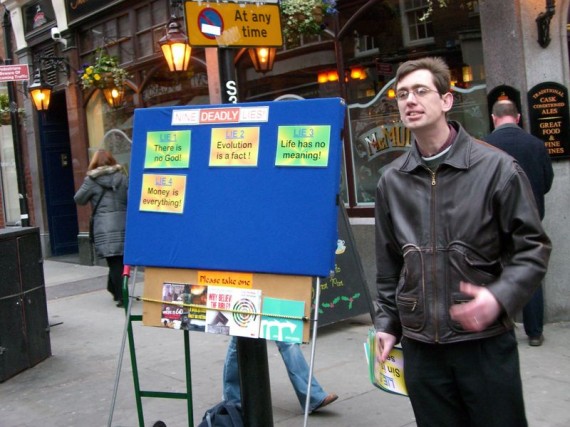
One weekend, I was guilt-tripped into joining them. (Have you ever noticed that guilt is a heavy motivator in evangelism — both in those who do it and in the message they preach? That should tell us something is wrong with evangelism.)
Street Corner Evangelism
Anyway, the approach these students used was a little more tasteful than that of Bullhorn Evangelist Red or the college campus Sandwich Board preacher. One student was a bit of an artist, and he set up a big easel on a corner of Michigan Avenue, and proceeded to draw Gospel-related images on the easel while preaching in a loud voice about the Gospel.
While he did that, the rest of us acted as “crowd primers.” It is normal street corner psychology that if a crowd is standing around watching something, you want to stop and see what is going on. So we “created the crowd.” We were supposed to walk up, acting like we were just people passing by, and then stop and watch him draw and listen to him preach. After a dozen or so students had “stopped to listen” others would stop, watch, and listen as well.
The guy talked and drew for about five minutes, and then as he closed up, we were supposed to pull a Gospel tract out of our pocket and hand it to a stranger nearby and ask what they thought about Jesus and the message they had just heard, and if they had any questions or wanted us to pray with them.
Springing the Trap
I still remember feeling like we were setting a trap for people. It was even more strange because in my first attempt at this, there was about three students for every actual person. So when the presentation was over, each “unsaved” person got swarmed by three students handing them tracts and asking to pray with them. Imagine how they must have felt! They thought they were gathered with a bunch of other strangers on the sidewalk, only to find out that the vast majority of the crowd was fake, just waiting to pounce on their unsuspecting souls.
I don’t think we got any converts this day, but if we did, I don’t remember. I felt too dirty and ashamed to care. Some might say I was ashamed of the Gospel, but I don’t think that was it at all. I don’t think that what we had done had much to do with the gospel at all.
Does Street Evangelism Work?
So I am not a fan of any of the three forms of street evangelism we have looked at so far. They show nothing of the neighborly love or sacrificial service that are central to the biblical gospel. Granted, there’s no telling what the Holy Spirit might do, or who He might use to bring people to Jesus, but I always have to wonder when I encounter such street preachers if there might be a better, more gentle, personal, forgiving way of drawing people to Jesus Christ.
As Nathan L. K. Bierma points out, such street-evangelism techniques seem “to have found the most alienating way to talk to people (or at people), the way that involves the least listening, the least smiling, the least humility, the least possibility of getting anything but a cold shoulder in return” (Bringing Heaven Down to Earth, 136).
Have you ever done any street evangelism? What was your experience with it? What did you do? How did you feel? What happened as a result?




 In college, I encountered another form of street preaching: the sandwich board preacher. I was attending the state university, and one day, on my way to class, I noticed a large crowd gathering around a man with a sandwich sign strapped to his shoulders. Next to him stood a young girl, probably around ten years old, dressed all in white. I found out later this was his daughter.
In college, I encountered another form of street preaching: the sandwich board preacher. I was attending the state university, and one day, on my way to class, I noticed a large crowd gathering around a man with a sandwich sign strapped to his shoulders. Next to him stood a young girl, probably around ten years old, dressed all in white. I found out later this was his daughter.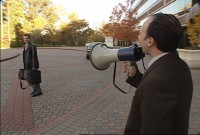
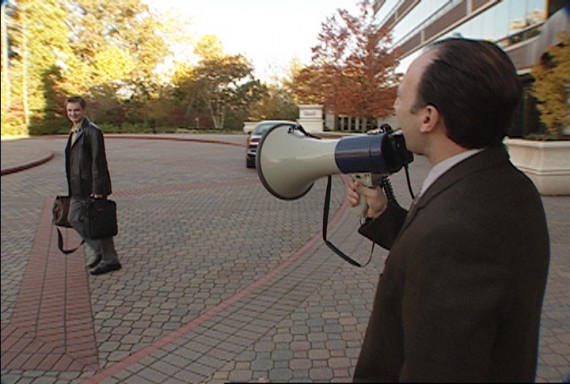





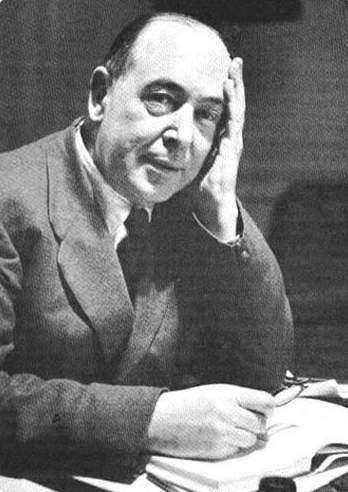 In
In 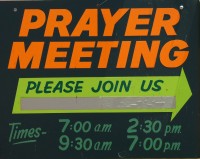
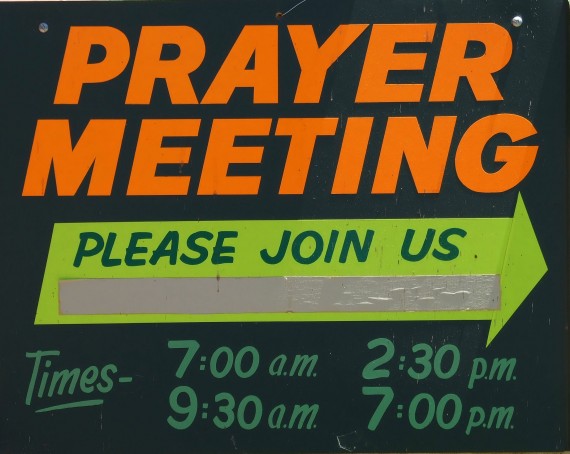

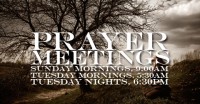
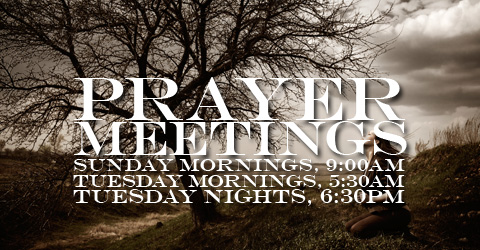



 Sometimes the first door we knock on is the one that opens, but this is usually not the case. Sometimes we have to knock on ten, fifty, even hundreds of doors.
Sometimes the first door we knock on is the one that opens, but this is usually not the case. Sometimes we have to knock on ten, fifty, even hundreds of doors. 

